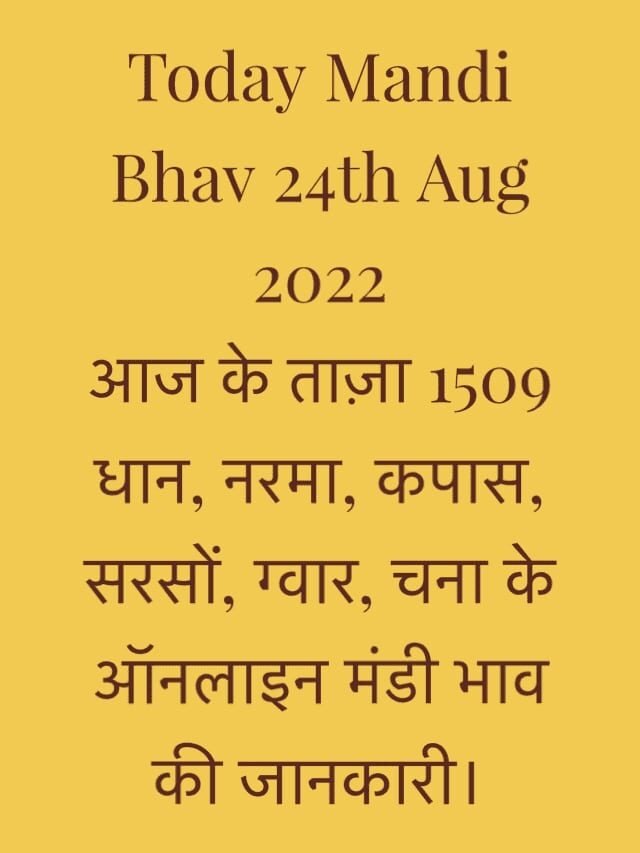Welcome, intrepid risk-taker, to the exhilarating world of foreign exchange trading (forex)! This dynamic marketplace, buzzing with the constant ebb and flow of global currencies, holds immense potential for profit and, of course, potential pitfalls. Before you dive headfirst into this captivating arena, however, laying a solid foundation is crucial. And the cornerstone of your forex journey is your trading account – the portal through which you’ll interact with the market, execute your strategies, and ultimately, chase your financial aspirations.
This exhaustive guide delves deep into the intricacies of opening a forex trading account, empowering you to make informed decisions every step of the way. From navigating the broker landscape to selecting the perfect account type, it equips you with the knowledge and confidence to take your first leap into the forex market.
Part 1: Choosing Your Forex Broker – The Pillars of Trust
Before you even consider account types and platforms, finding the right forex broker is paramount. They are your gateway to the market, responsible for executing your trades, safeguarding your funds, and providing vital resources to hone your trading skills. So, choosing wisely is critical.
1. Reputable Credentials: Start by prioritizing brokers with solid track records and verifiable licenses issued by reputable regulatory bodies like the National Futures Association (NFA) in the US, the Financial Conduct Authority (FCA) in the UK, or the Cyprus Securities and Exchange Commission (CySEC) in Europe. This ensures adherence to strict financial regulations and protects your funds in case of unforeseen circumstances.
2. Asset Selection and Market Access: Dive into the specific currency pairs offered by the broker. Do they cater to your preferred trading choices or restrict you to a limited selection? Additionally, check their market access – do they trade directly with banks and other market participants, or do they act as intermediaries, potentially affecting spreads and execution speeds?
3. Trading Platforms and Tools: Familiarize yourself with the platform you’ll be using to place trades. Is it user-friendly and intuitive? Does it offer advanced charting tools, technical indicators, and analysis support? Remember, a comfortable and powerful platform enhances your trading experience and can even impact your decision-making.
4. Fee Structure and Spreads: Pay close attention to the broker’s fee structure. Do they charge commissions per trade, or do they rely on built-in spreads (the difference between the buy and sell prices)? Compare options across different brokers, as minimizing expenses ultimately improves your profitability.
5. Customer Support and Resources: Forex trading can be challenging, and having access to reliable support is invaluable. Choose a broker with responsive customer service, preferably available 24/7, and extensive educational resources like webinars, tutorials, and market analysis.
Part 2: Unveiling the Account Types – Finding Your Perfect Fit
With your broker selected, the next step is choosing the account type that aligns with your risk tolerance, capital, and trading goals. Each type offers unique features and caters to different experience levels.
1. Standard Accounts: The most common option, ideal for beginners and experienced traders alike. They typically feature variable spreads, meaning the difference between the buy and sell price fluctuates based on market conditions. Minimum deposits are often low, making them accessible to most individuals.
2. Micro Accounts: Designed for traders just starting out with limited capital. These accounts allow trading with smaller lot sizes (fractions of a standard currency unit), minimizing potential losses. Spreads may be slightly wider than in standard accounts, but they offer a safe stepping stone into the market.
3. ECN Accounts: For experienced traders seeking direct market access and tighter spreads, Electronic Communication Network (ECN) accounts are the way to go. These accounts connect you directly with other market participants, eliminating the broker as an intermediary and potentially yielding better execution prices. However, they often involve commissions per trade and require a deeper understanding of market dynamics.
4. VIP Accounts: Tailored for high-volume traders with significant capital, VIP accounts offer exclusive benefits like personalized account management, reduced fees, and access to specialized trading tools and research. This premium service comes with higher minimum deposits and may not be suitable for everyone.
Part 3: Funding Your Account – Choosing Your Gateway
With your account type chosen, it’s time to fuel your trading engine. Several deposit and withdrawal methods cater to different preferences and needs:
1. Bank Transfers: The most secure and reliable option, though processing times can take a few business days. Choose swift transfers for faster international transactions.
2. Credit/Debit Cards: Offer instant deposits but may incur transaction fees. Ensure your card issuer allows forex trading transactions.
3. E-wallets: Quick and convenient, especially for smaller deposits, but might have limited availability or higher fees. Choose established e-wallets with strong security measures.
Part 4: Embarking on the Journey – Your First Steps as a Forex Trader
Your account is funded, the platform is mastered, and excitement courses through your veins. Now, it’s time to take your first steps as a forex trader! But before you hit the “buy” button with reckless abandon, consider these crucial tips:
1. Risk Management is King: Forex trading, like any financial endeavor, carries inherent risks. Always prioritize capital preservation. Start with small position sizes relative to your account balance, utilize stop-loss orders to limit potential losses, and never risk more than you can afford to lose.
2. Education is Your Weapon: Don’t underestimate the power of knowledge. Devour educational resources, attend webinars, practice on demo accounts, and seek mentorship from experienced traders. The more you learn, the more confident and adept you become in navigating the market.
3. Develop a Trading Strategy: Don’t trade impulsively. Craft a well-defined strategy that aligns with your risk tolerance and trading goals. Whether it’s fundamental analysis, technical indicators, or a blend of both, having a roadmap keeps your actions directed and minimizes emotional trading decisions.
4. Stay Disciplined and Patient: The market is a marathon, not a sprint. Resist the temptation to chase quick profits or react to every news headline. Stick to your strategy, maintain discipline, and cultivate patience. Consistency and sound decision-making are the keys to long-term success.
5. Embrace the Learning Curve: Don’t get discouraged by losses. They are an inevitable part of the learning process. Analyze your mistakes, refine your strategy, and use each setback as a stepping stone to future success. Remember, even the most seasoned traders experience losses; it’s how you handle them that defines your growth as a trader.
Part 5: Resources and Beyond – Supporting Your Trading Journey
The forex market is a vast and ever-evolving ecosystem. To stay ahead of the curve, tap into these valuable resources:
1. Market News and Analysis: Follow reputable news sources and market analysts to stay abreast of major economic events, geopolitical shifts, and central bank decisions that can impact currency valuations.
2. Trading Communities and Forums: Connect with other traders, share experiences, and learn from each other’s insights. Online forums and communities provide a vibrant platform for knowledge exchange and peer support.
3. Technical Analysis Tools and Charting Software: Utilize sophisticated charting tools and technical indicators to identify potential trading opportunities, analyze trends, and develop your own trading signals.
4. Educational and Training Programs: Invest in reputable online or in-person training programs to refine your skills, delve deeper into specific trading strategies, and gain specialized knowledge from experienced professionals.
5. Risk Management and Trading Psychology Services: Consider seeking guidance from risk management consultants or trading psychology coaches to improve your emotional discipline, address trading-related anxieties, and develop robust risk management practices.
Remember, the forex market is your personal trading battlefield. By choosing the right broker, selecting the optimal account type, and equipping yourself with the necessary knowledge and resources, you can transform yourself from a curious bystander into a confident and successful forex trader. So, step onto the field, strategize your moves, and embark on your journey of conquering the currency market!




